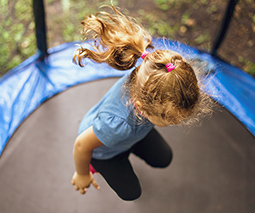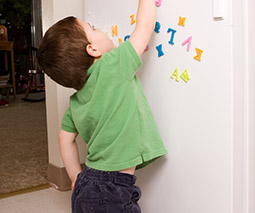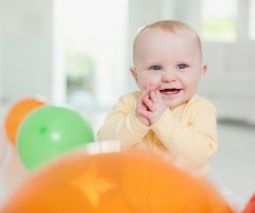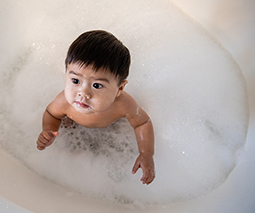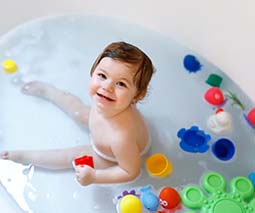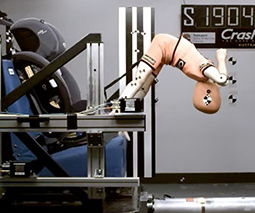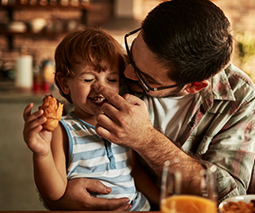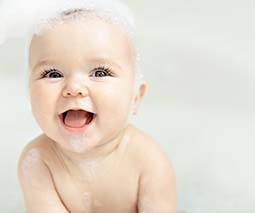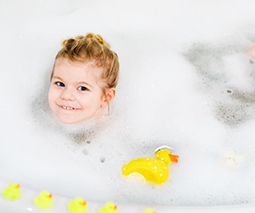Before you buy a second hand car seat, read this!
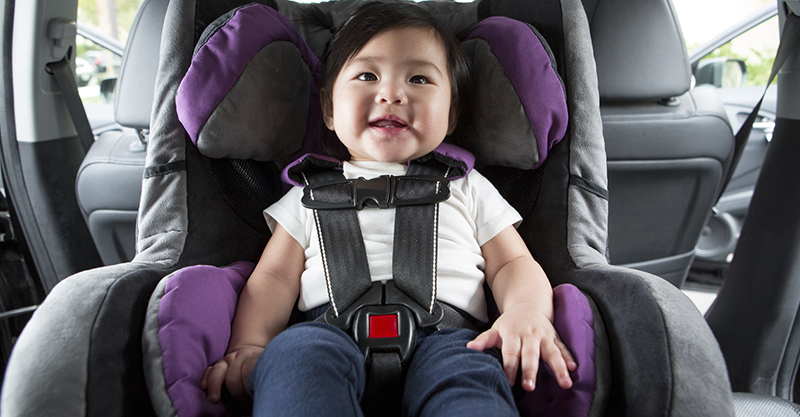
It’s no secret that babies require a lot of stuff and the costs can quickly add up. While there are plenty of must-have items for bub that can be bought second hand to help keep costs down, when it comes to items designed specifically to keep children safe, such as car seats, there are a few key things you need to know before you buy.
Kidsafe General Manager Jason Chambers tells Babyology that parents need to be extra vigilant when buying something as important as a car seat second hand, as it is hard to know the seat’s full history and true condition, especially when buying online.
He offers some important points to consider.
Pros and cons of going second hand
Jason says it is important to be cautious when buying second hand child restraints.
“They can sometimes be a cheaper option than buying a brand new child restraint, however they can also be dangerous if they are worn-out, damaged or too old,” he says.
The questions to ask before you buy
Jason says parents need to ask loads of questions before using a second hand restraint such as;
- Does the restraint meet the Australian Standard AS/NZS 1754? This information can be found on the restraint.
- Are you aware of the history of the restraint? Restraints that have been involved in a serious crash should not be used.
- Does the restraint come with all parts, including the instruction booklet?
- Is the restraint less than 10 years old (from the date of manufacture)? Child restraints over 10 years old should not be used – you can find the date of manufacture printed on the restraint.
- Is the restraint in good condition with no splits, cracks or stress marks on the restraint shell and no frayed, worn or damaged straps?
Buying online
Parents should be extra cautious when purchasing child restraints online.
“Like with any product sold online, it can often be hard to see exactly what condition the child restraint is in, if it meets Australian Standards and to know the history of the child restraint,” Jason warns.
If in doubt, Jason urges parents not to risk buying and using a potentially dangerous restraint.
Installation tips
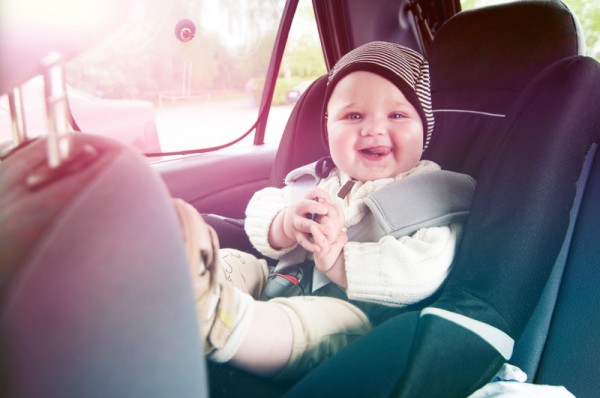
Jason says Kidsafe recommends parents visit a professional fitter at least once to have their child restraint installed.
“A professional fitter will be able to guide you through not only the installation process, but also how to use and adjust your child restraint as your child grows,” he says.
“If you are installing the restraint yourself, make sure that you follow the manufacturers instructions (these will come with the child restraint).
A few key things to look out for when installing your child restraint include;
- Check the child restraint you have is the correct one for your child’s size. All child restraints now come with shoulder height markers which help you to choose a restraint that is the correct one for your child.
- Ensure the top tether strap is secured to the correct anchorage point, that it is firm and free of twists.
- Ensure the seatbelt is threaded through the correct path (following the colour coding available on newer restraints), correctly tensioned and that the buckle is done up.
- Check the harness straps or seatbelt is at the correct height for your child – these will need to be constantly adjusted to fit your child as they grow.
- Make sure that the harness is firm and there are no twists in the straps.
